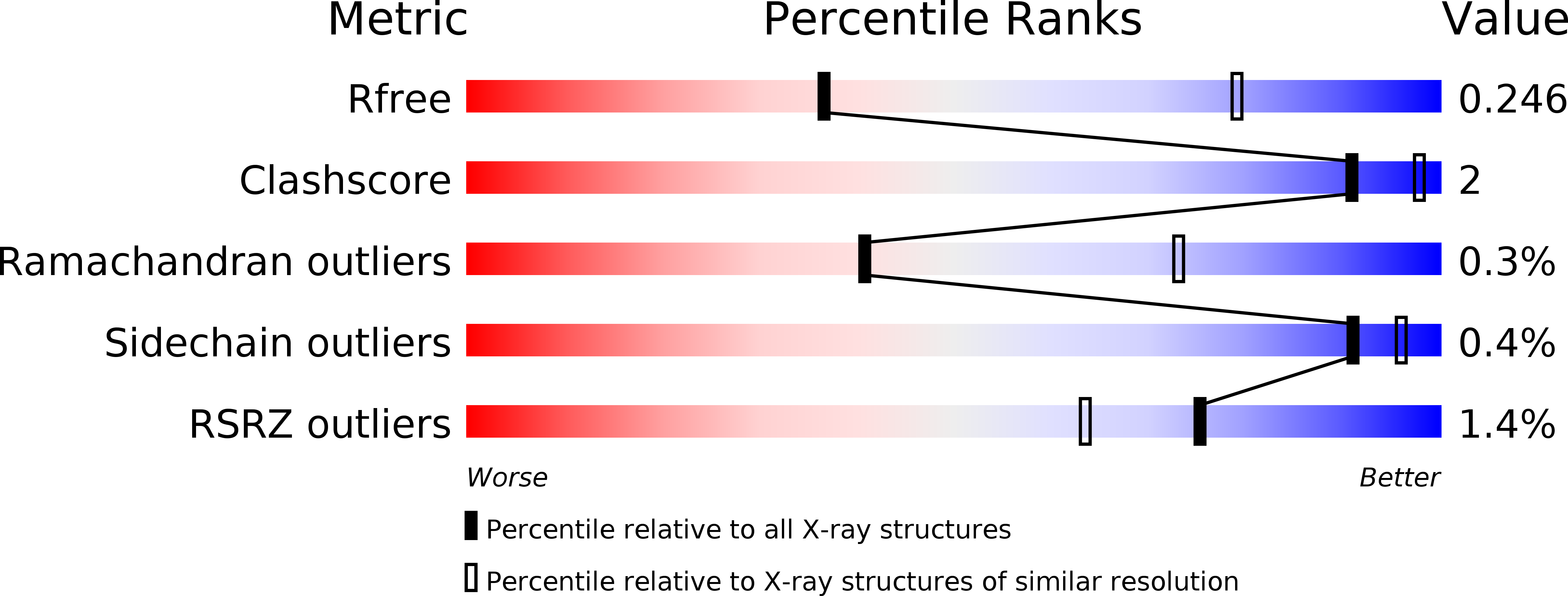
Deposition Date
2014-07-18
Release Date
2014-08-13
Last Version Date
2024-10-30
Entry Detail
PDB ID:
4U2X
Keywords:
Title:
Ebola virus VP24 in complex with Karyopherin alpha 5 C-terminus
Biological Source:
Source Organism:
Zaire ebolavirus (Taxon ID: 128952)
Homo sapiens (Taxon ID: 9606)
Homo sapiens (Taxon ID: 9606)
Host Organism:
Method Details:
Experimental Method:
Resolution:
3.15 Å
R-Value Free:
0.24
R-Value Work:
0.21
R-Value Observed:
0.21
Space Group:
P 31 2 1


